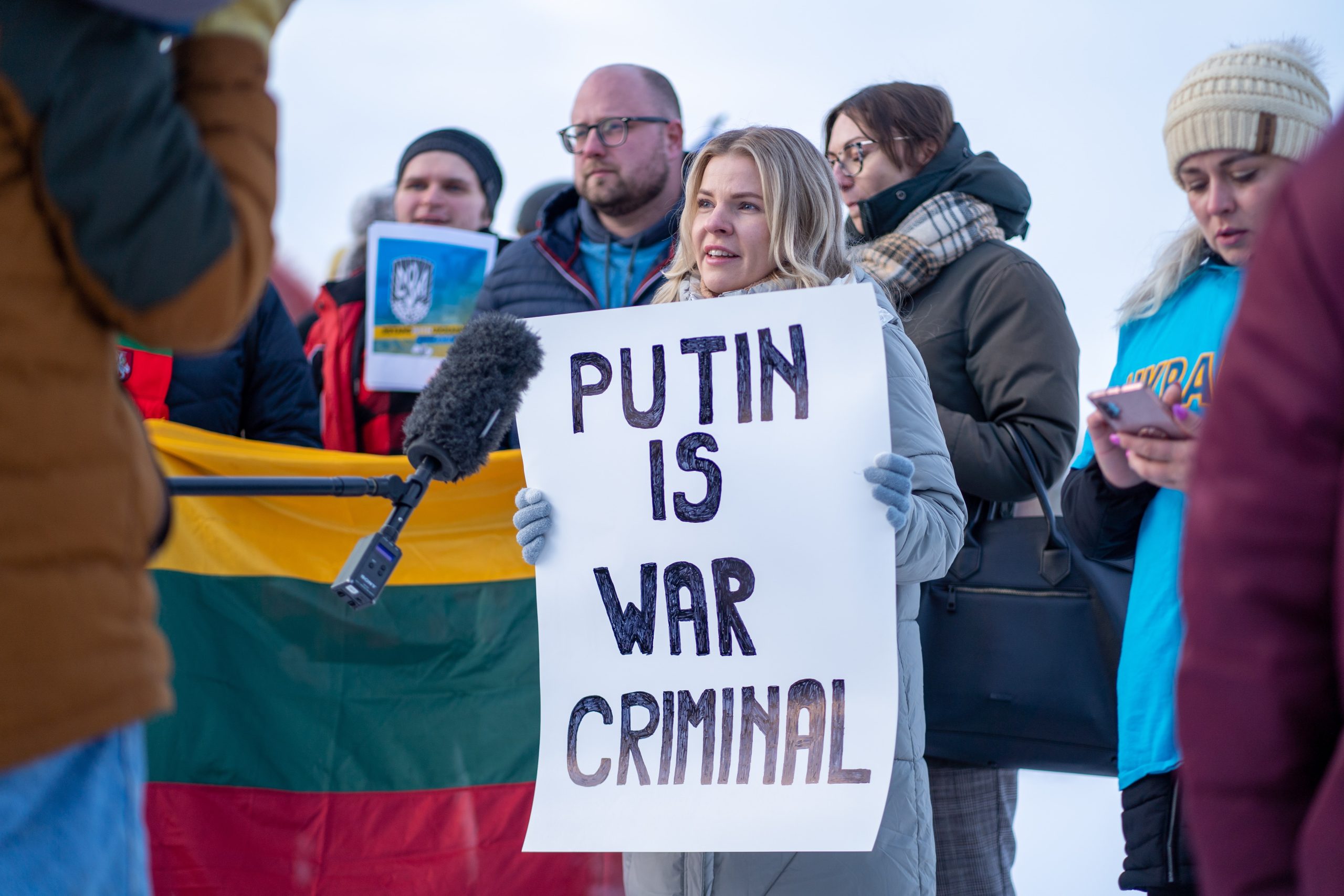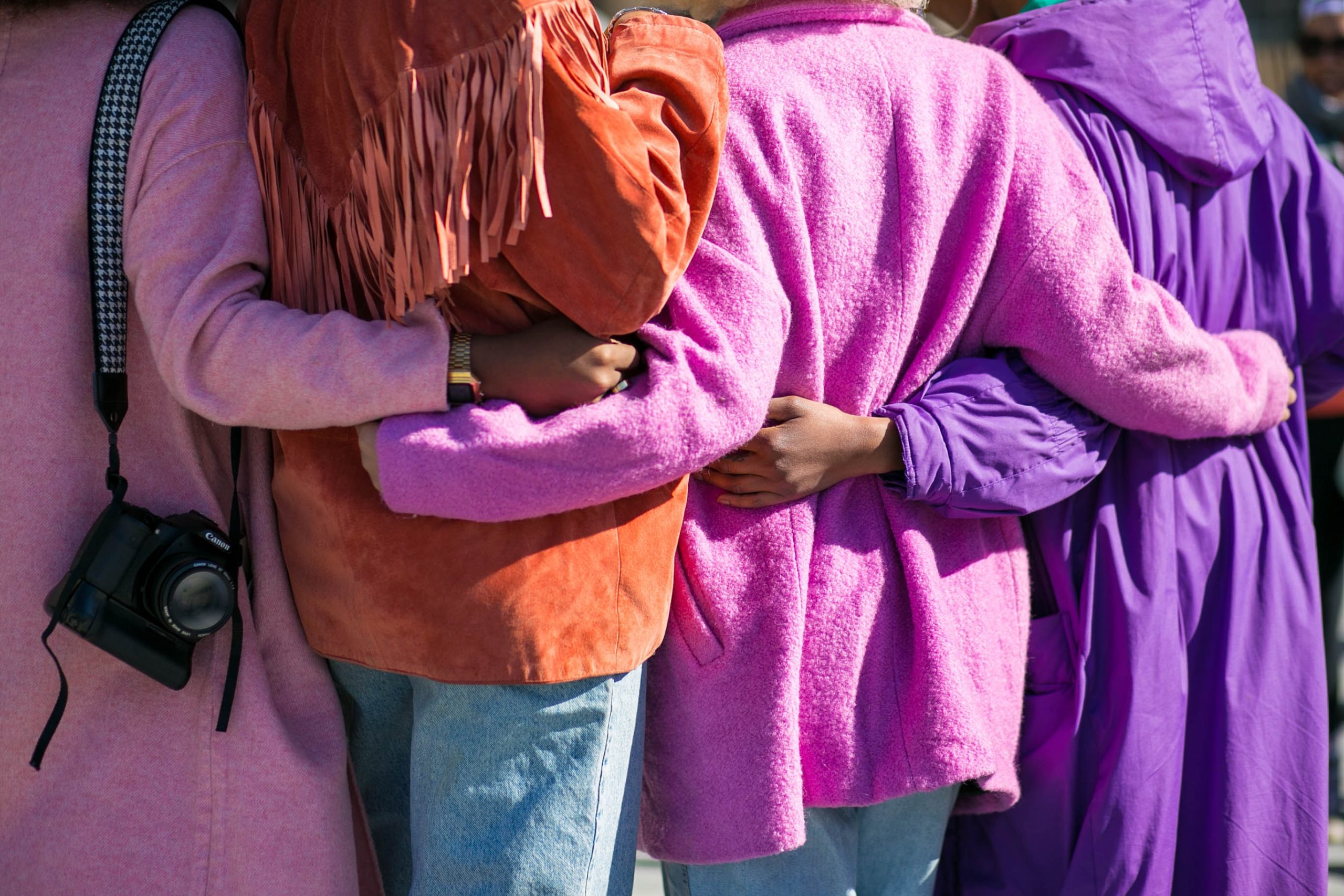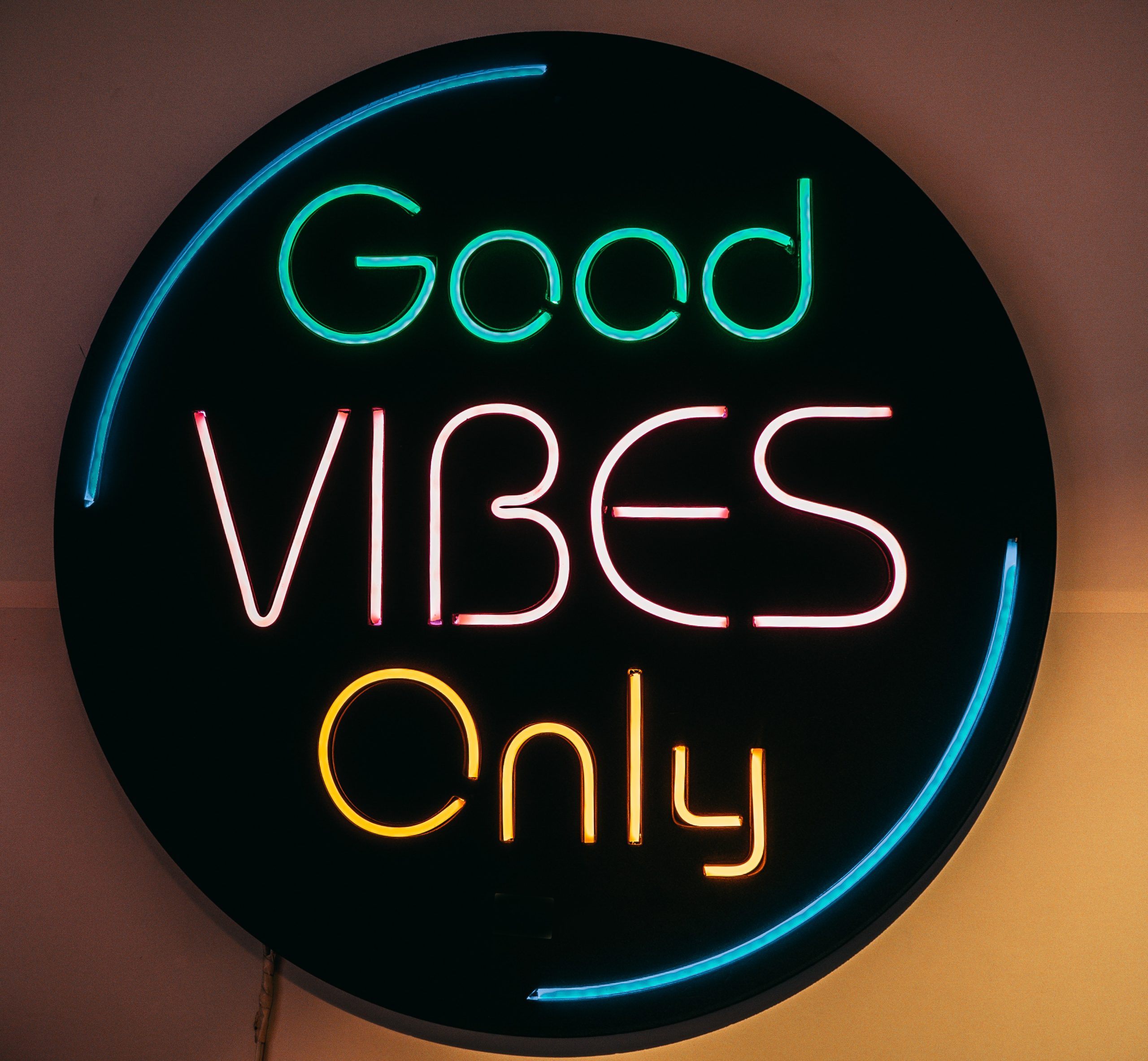While social media has undoubtedly played a large role in past conflicts, experts say that the situation in Ukraine right now is unprecedented. Through social media platforms like Facebook, Twitter, Instagram, and TikTok, millions of people are now able to watch the Russia-Ukraine war unfold on their screens. As Russia continues full force ahead with its invasion of Ukraine, President Volodymyr Zelenskyy has emerged as an unexpected online hero, utilizing social media to call out the deplorable actions of Vladimir Putin with most of his people promptly following suit.
Social media has played a both significant and growing role in several crises, conflicts, and wars the world over, including but not limited to Ethiopia, Iraq, Israel/Palestine, Libya, Myanmar, Sri Lanka, and Syria, among others. Our favorite platforms have been used not only to document human rights abuses in such conflicts. But were also instrumental in the condemnation of wartime atrocities, and the appeal for international action. But they can just as easily serve as a hotbed for dangerous misinformation, state-issued propaganda, and careless incitation of violence. Many platforms have already restricted Russian state media posts, in an attempt to curb this happening.
Information warfare
Information wars aren’t exactly abnormal in these circumstances. A large part of modern warfare is gaining control of the narrative. And as such social media has become instrumental in establishing new dynamics to age-old warfare techniques. Where the Russian regime angled to weaken their enemy with fabricated Facebook and Twitter accounts spreading suspicious anti-Ukraine sentiments. The Ukrainian people, (in conjunction with various worldwide internet sleuths, journalists, and activists), instead worked to cut through the seemingly greying clouds of misinformation by documenting and sharing Russia’s war crimes in real-time.
Internet sleuths to the rescue
In 2016, Russia’s Internet Research Agency amplified propaganda about the U.S. election with similar disinformation campaigns. However, it wasn’t clear just how extensive these were until after the election. Social media platforms at the time did little to oppose them. When these disinformation campaigns intentionally mislead users about the source of certain content today. Social media platforms have the right and ability to take action. And with empathetic citizens everywhere anticipating developments in the civil unrest between these two countries. There’s no lack of devoted pseudo-detectives willing to take on the role of reporting such inflammatory posts.
The power of social media
Changing from a highly centralized media ecosystem to one with many information sources has not only radically altered the way people receive news about major global events. But also how we interact with it. Having an opinion is practically a prerequisite to safely entering the online world. And shame is a really powerful weapon wielded by only the most experienced websurfers. This, along with the evident unpleasantness of a character like Russian president Vladimir Putin has social media buzzing with activity. From an outpouring of support to the Ukrainian people. To hot-button discussions of the racial discrimination that befell refugees from equally (if not more) war-torn countries in the east. Social media is now a smorgasbord of potentially controversial opinions. And they will likely have a profound effect on how we come to understand this event in a more historical context.
The social media hub
Suffice to say that social media sites like Facebook, Twitter, and TikTok have had a salient effect on not just our understanding of this particular crisis. But also how it carries on from this moment forward. The spread of Russian propaganda. As well as the unified Ukrainian resistance, seemingly flow from the same spring. Since social media has become an unusual hub for both systems of warfare. Moreover, it is the lens through which we will record and later process this horrendous war.



